Trials have been completed on a new weapon system that directs a number of high-powered beams onto a single target.
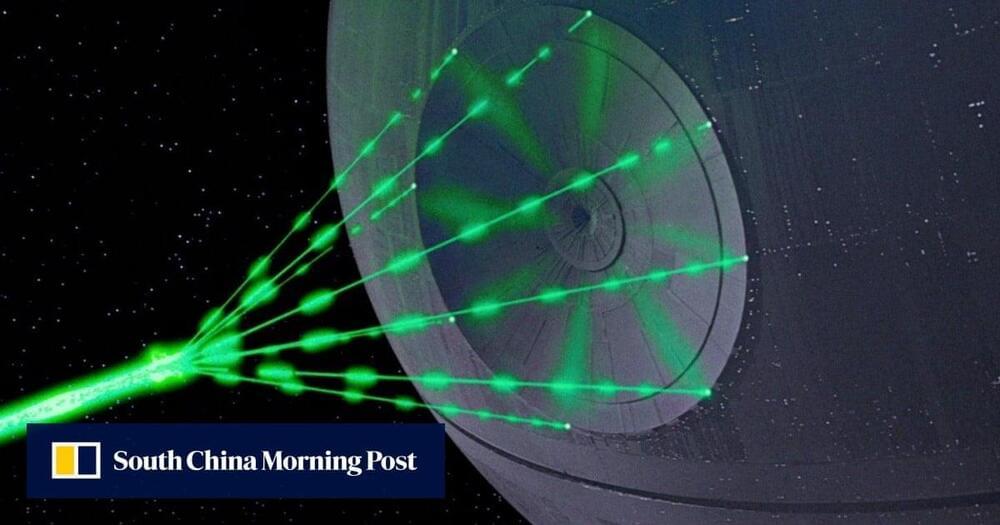

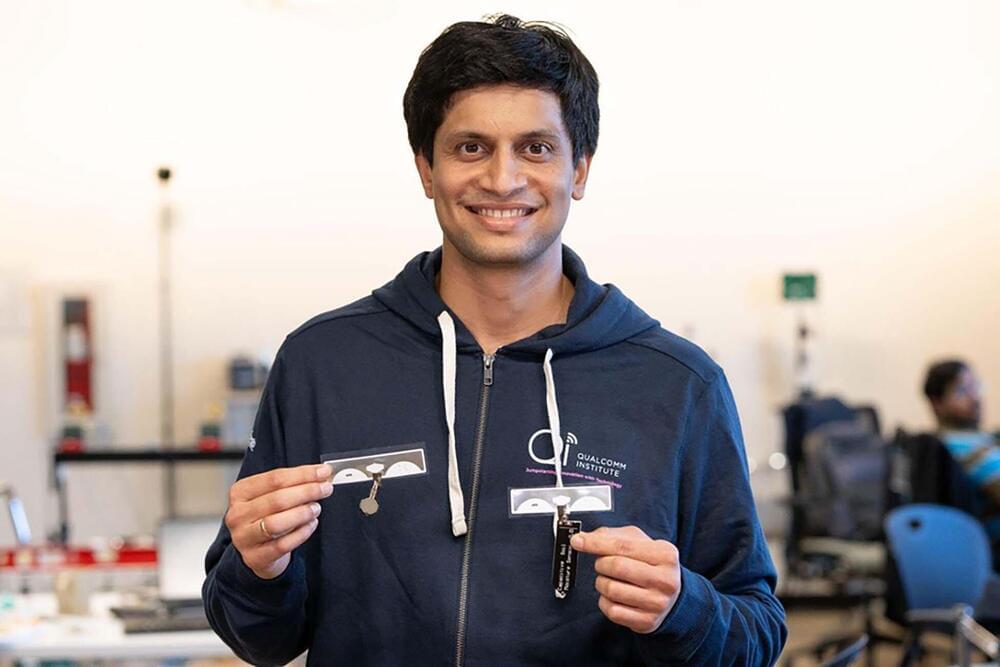
Data is power. According to Dinesh Bharadia, an associate professor at UC San Diego in the Department of Electrical and Computer Engineering with an affiliate appointment in the Department of Computer Science and Engineering and the Qualcomm Institute (QI), “data will be the next decade’s ‘silicon.’”
The rapid growth of the Internet of Things means that data is more readily available and easily accessible than ever. Sensors, “smart” devices and software connect our world to the cloud, gathering information and enabling new types of data sharing and analysis. However, most of these tools are battery-powered and have difficulty sensing changes in real time.
Now, the tide is turning.
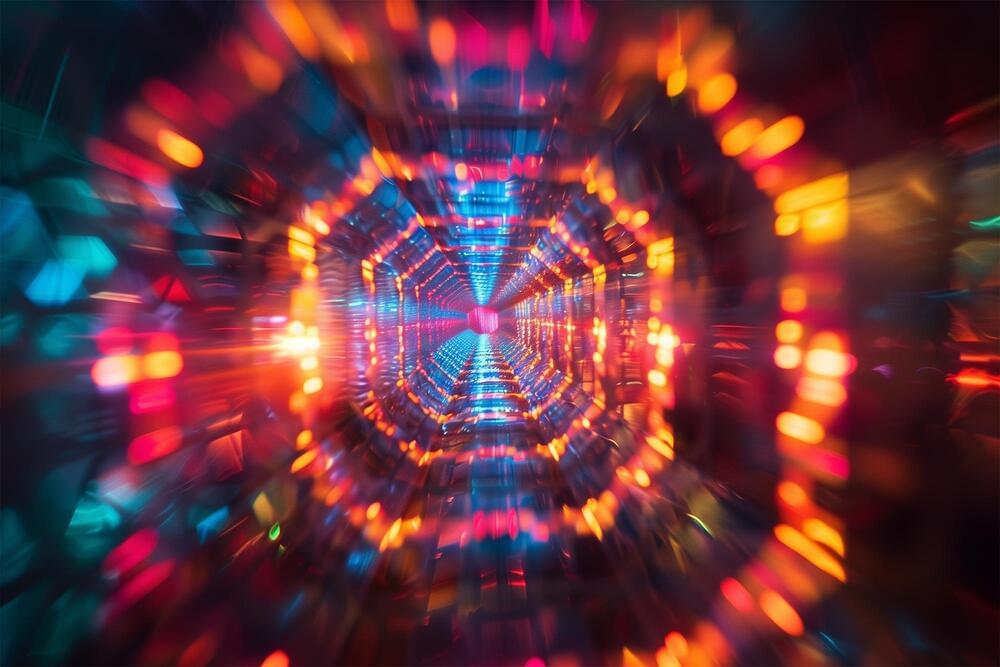
Researchers reveal a way to use antiferromagnets to create data-storage devices without moving parts.
Scientists have transformed memory device technology by utilizing antiferromagnetic materials and magnetic octupoles, achieving high speeds and low power consumption, paving the way for smaller, more efficient devices.
Advanced Magnetic Memory
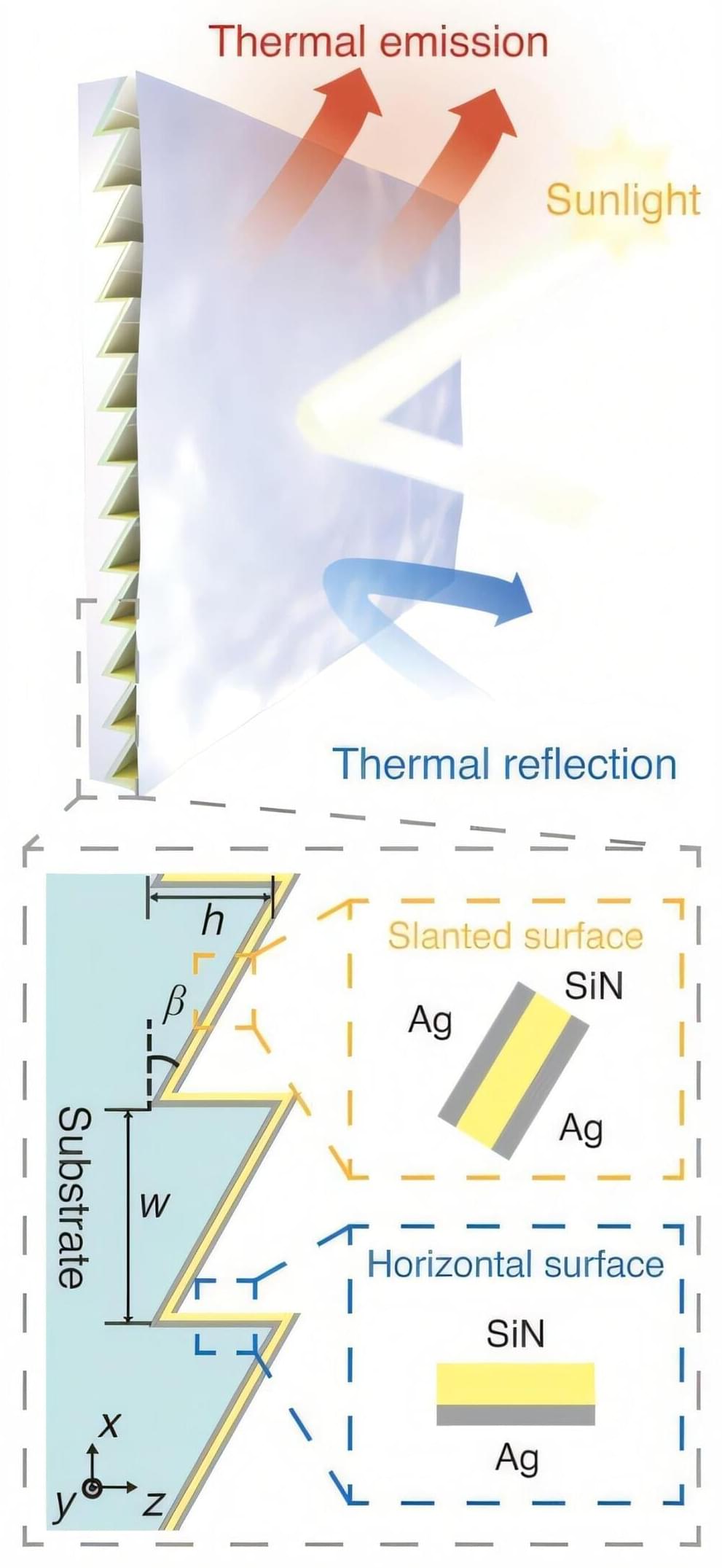
Radiative heat transfer is one of the most critical energy transfer mechanisms in nature. However, traditional blackbody radiation, due to its inherent characteristics, such as its non-directional, incoherent, broad-spectrum, and unpolarized nature, results in energy exchange between the radiating body and all surrounding objects, significantly limiting heat transfer efficiency and thermal flow control. These limitations hinder its practical application.
A recent study published in Science utilized thermal photonics to achieve cross-band synergistic control of thermal radiation in both angle and spectrum. The researchers then designed a directional emitter with cross-scale symmetry-breaking, angularly asymmetric and spectrally selective thermal emission, achieving daytime subambient radiative cooling on vertical surfaces.
The research team was led by Prof. Wei Li from the Changchun Institute of Optics, Fine Mechanics and Physics (CIOMP) of the Chinese Academy of Sciences, in collaboration with Prof. Shanhui Fan’s team from Stanford University and Prof. Andrea Alu’s team from the City University of New York.
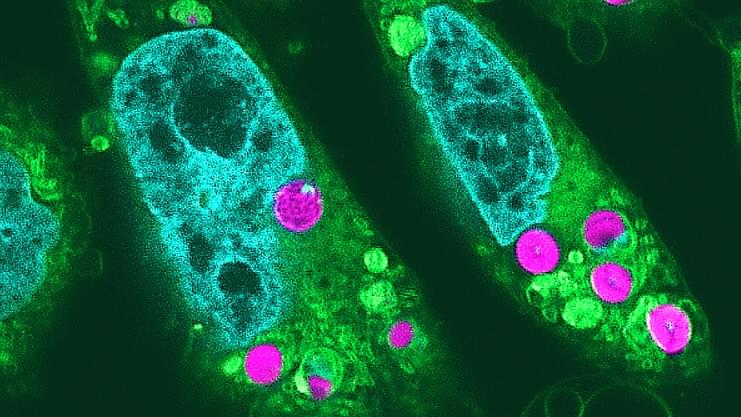
The ability of plants to convert sunlight into food is an enviable superpower. Now, researchers have shown they can get animal cells to do the same thing.
Photosynthesis in plants and algae is performed by tiny organelles known as chloroplasts, which convert sunlight into oxygen and chemical energy. While the origins of these structures are hazy, scientists believe they may have been photosynthetic bacteria absorbed by primordial cells.
Our ancestors weren’t so lucky, but now researchers from the University of Tokyo have managed to rewrite evolutionary history. In a recent paper, the team reported they had successfully implanted chloroplasts into hamster cells where they generated energy for at least two days via the photosynthetic electron transport process.
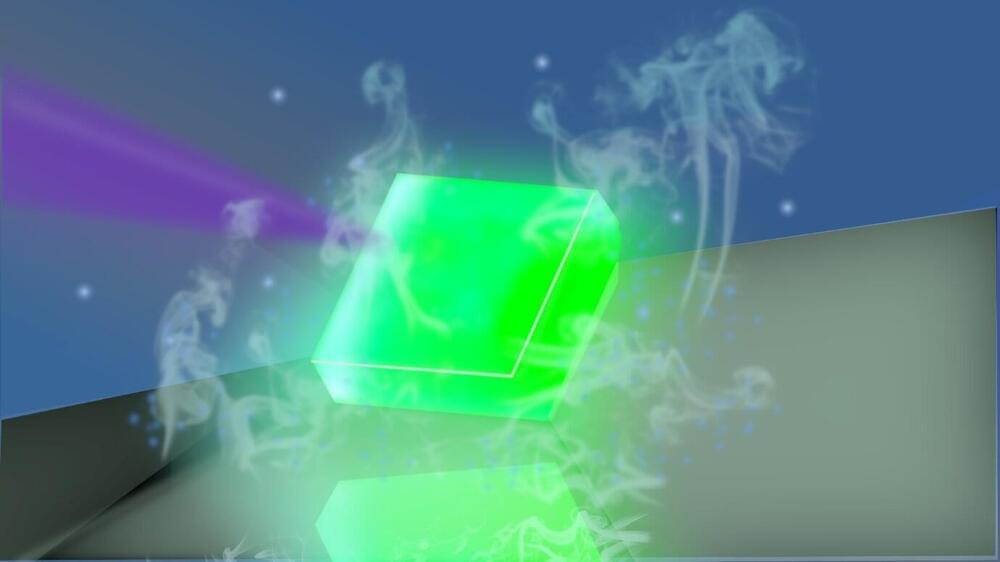
Cooling systems are an integral part of many modern technologies, as heat tends to wear down materials and decrease performance in several ways. In many cases, however, cooling can be an inconvenient and energy-intensive process. Accordingly, scientists have been seeking innovative and efficient methods to cool substances down.
Solid-state optical cooling is a prominent example that leverages a very unique phenomenon called anti-Stokes (AS) emission. Usually, when materials absorb photons from incoming light, their electrons transition into an “excited” state.
Under ideal conditions, as electrons return to their original state, part of this excess energy is released as light, while the rest is converted into heat.
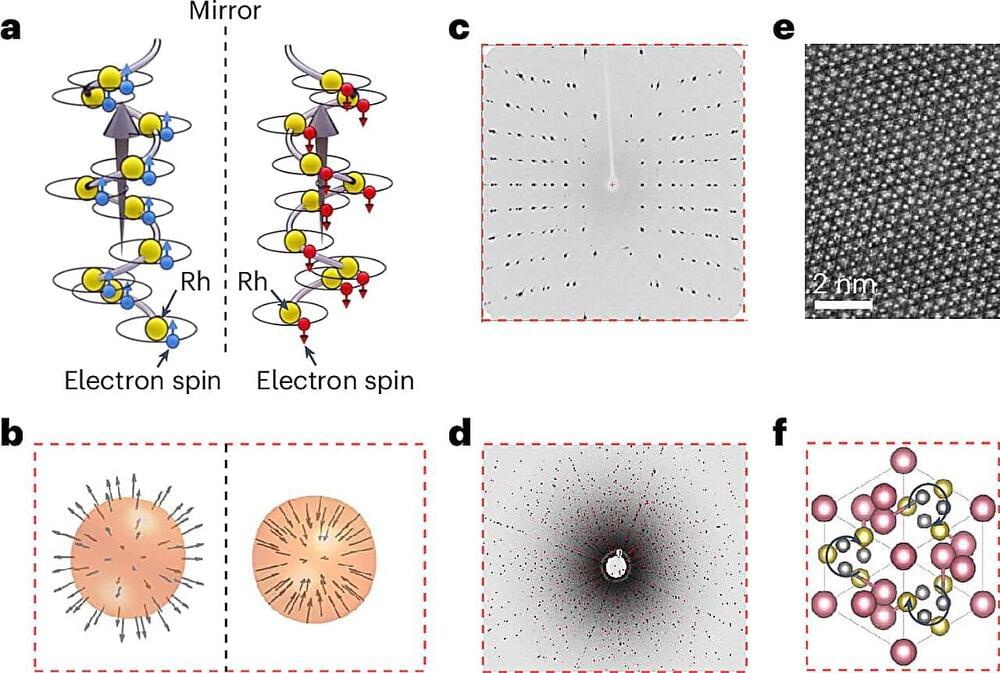
Water splitting—breaking water molecules into hydrogen and oxygen—is a promising pathway to sustainable energy. However, this process has long been challenged by the slow chemical kinetics of the oxygen evolution reaction that make hydrogen production inefficient and costly.
An international research team has now uncovered a solution. By using special crystals with unique intrinsic “chiral” structures—meaning they have a distinctive left or right-handed atomic arrangement—researchers have dramatically improved the water splitting process.
The findings are published in the journal Nature Energy.
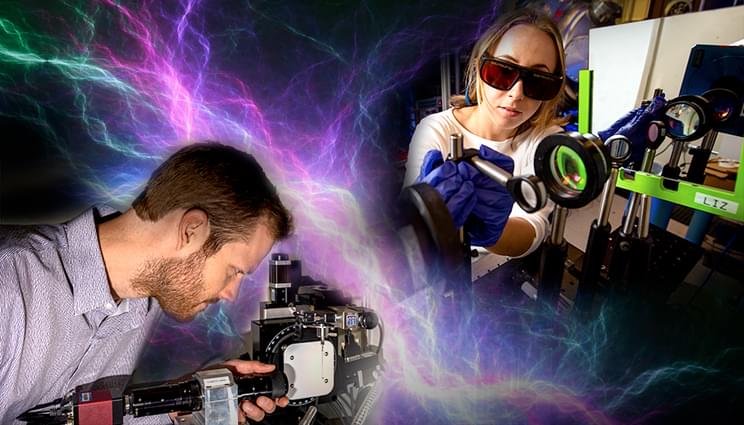
In 2019, the High Energy Density Science (HEDS) Center at Lawrence Livermore National Laboratory (LLNL) launched its postdoctoral fellowship program, welcoming one new scientist annually to come and conduct research for a two-year term. Supported by LLNL’s Weapons Physics and Design program, HEDS fellows are encouraged to pursue their own research agenda as it relates to the study of matter and energy under extreme conditions.
The most recent postdoctoral fellows, physicist Elizabeth “Liz” Grace (2022 fellow) and plasma physicist Graeme Sutcliffe (2023 fellow), are using high-intensity lasers and advanced diagnostics to observe the behaviors of plasma. A plasma, known as the “fourth state of matter,” is a superheated, ionized gas that makes up the majority of visible matter in the universe, like stars and nebulae. Replicating these conditions is a key step to achieving robust igniting inertial fusion designs for energy resilience.
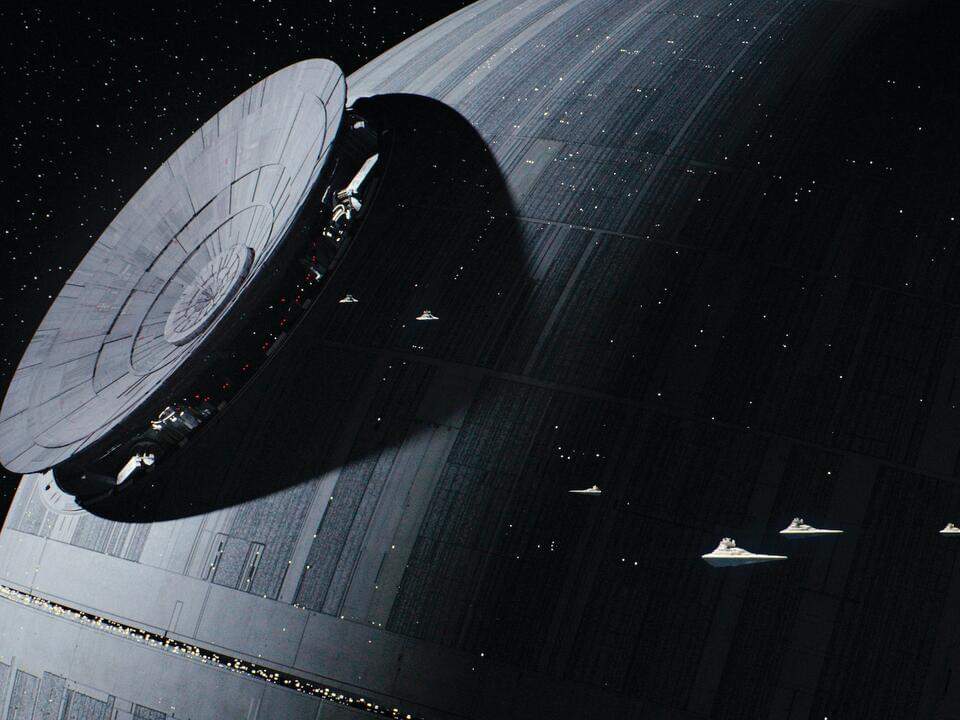
Do you remember the moment in “Star Wars” when the Death Star destroys Alderaan? Eight laser beams converge at a single point to form a super-powered laser that obliterates the planet. It was a memorable scene that demonstrated the unrelenting power of the Empire.
Although it is unclear whether they were inspired by the scene, Chinese scientists claim they have created a new type of microwave weapon that combines several high-powered electromagnetic waves. They can then concentrate them onto a target.
The weapon system consists of multiple microwave-transmitting vehicles that are deployed to different locations. Each of the vehicles fire microwaves with high-precision synchronization. These merge together into a powerful energy beam to attack one target.
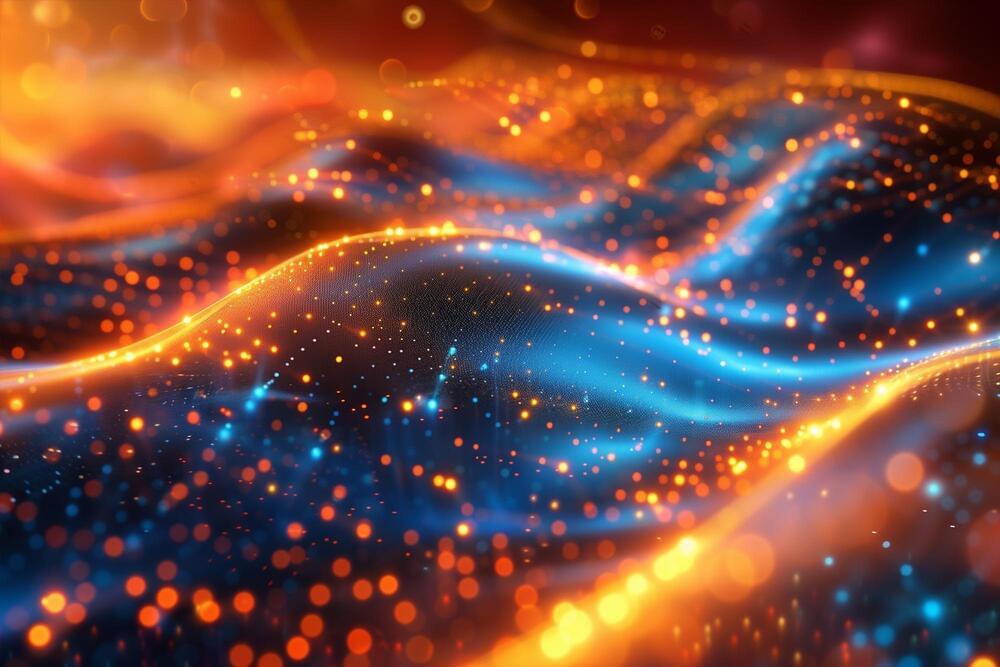
A breakthrough at Rice University enhances thermophotovoltaic systems with a new thermal emitter design, achieving over 60% efficiency.
This could transform energy conversion, making it a viable alternative to batteries for grid-scale energy storage and sustainable industry practices.
Researchers at Rice University have developed an innovative way to enhance thermophotovoltaic (TPV) systems, which convert heat into electricity using light. Drawing inspiration from quantum physics, engineer Gururaj Naik and his team designed a highly efficient thermal emitter that works within realistic design constraints.